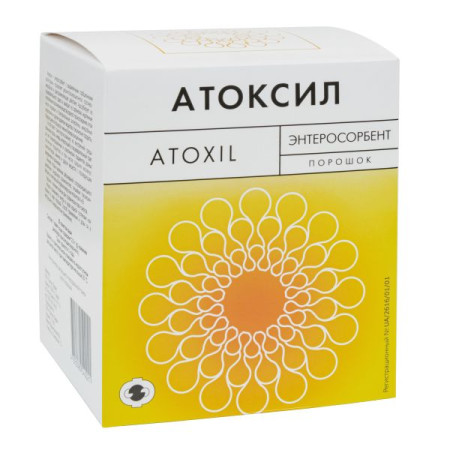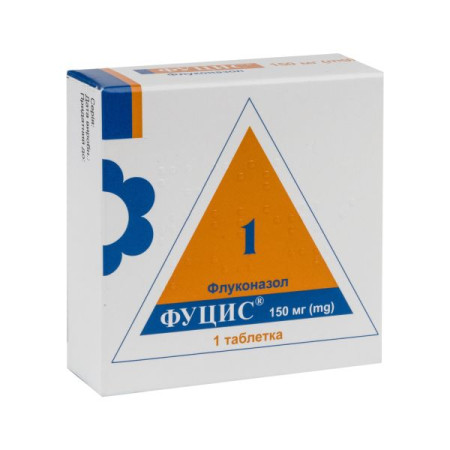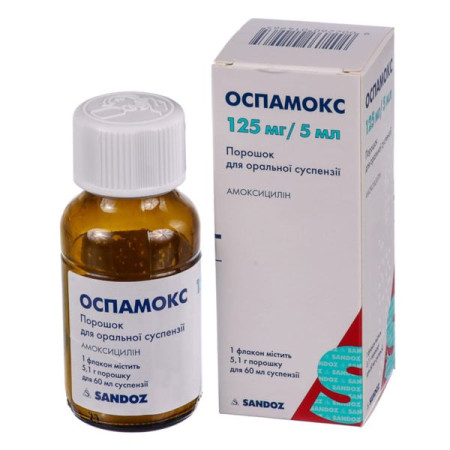Cinnarizine tablets 0.025 g blister No. 50

Instructions for use Cinnarizine tablets 0.025 g blister No. 50
Composition
active ingredient: cinnarizine;
1 tablet contains cinnarizine 0.025 g (25 mg);
Excipients: lactose monohydrate, potato starch, magnesium stearate, colloidal anhydrous silicon dioxide, povidone.
Dosage form
Pills.
Main physicochemical properties: white or almost white tablets.
Pharmacotherapeutic group
Drugs used in vestibular disorders. ATX code N07C A02.
Pharmacological properties
Pharmacodynamics
Cinnarizine inhibits the contraction of vascular smooth muscle cells by blocking calcium channels. In addition to direct calcium antagonism, cinnarizine reduces the contractile effect of vasoactive substances such as norepinephrine and serotonin by blocking receptor-gated calcium channels. The blockade of calcium entry into cells is tissue-selective and leads to a decrease in vasoconstriction without affecting blood pressure and heart rate.
Cinnarizine can further improve poor microcirculation by increasing the elasticity of the erythrocyte membrane and reducing blood viscosity. When using cinnarizine, cellular resistance to hypoxia increases.
Cinnarizine inhibits stimulation of the vestibular system, which leads to suppression of nystagmus and other autonomic disorders. Cinnarizine prevents the appearance or reduces acute attacks of dizziness.
Pharmacokinetics
Absorption: Peak plasma levels of cinnarizine are reached 1-3 hours after oral administration.
Distribution: Plasma protein binding is 91%.
Metabolism: Cinnarizine is metabolized primarily by CYP2D6.
Elimination: The plasma half-life is 4 to 24 hours. 1/3 of the metabolites are excreted in the urine and 2/3 in the feces.
Indication
Cerebral circulatory disorders:
symptomatic treatment of cerebrovascular disorders, including dizziness, tinnitus, vascular headache, irritability, memory loss and inability to concentrate; prevention of migraine.
Peripheral circulatory disorders:
symptomatic treatment of peripheral vascular disorders, including Raynaud's disease, acrocyanosis, intermittent claudication, trophic disorders, trophic and varicose ulcers, paresthesia, nocturnal limb cramps, cold extremities.
Disequilibrium:
symptomatic treatment of labyrinth disorders, including dizziness, tinnitus, nystagmus, nausea and vomiting.
Motion sickness:
prevention of motion sickness.
Contraindication
Hypersensitivity to the active substance or to any of the excipients of the drug.
Interaction with other medicinal products and other types of interactions
Alcohol/central nervous system (CNS) depressants/tricyclic antidepressants: concomitant use may enhance the sedative effect of any of these drugs or Cinnarizine.
Diagnostic procedures: due to its antihistamine action, Cinnarizine may mask positive reactions to skin reactivity factors during skin testing, therefore its use should be discontinued 4 days before the test.
Application features
Cinnarizine may cause irritation in the epigastric region; taking the drug after meals will reduce irritation of the gastric mucosa.
Cinnarizine is recommended for patients with Parkinson's disease only if the benefits of treatment outweigh the possible risk of worsening the course of this disease.
Since Cinnarizine may cause drowsiness, especially at the beginning of treatment, you should refrain from simultaneous consumption of alcohol and the use of drugs that suppress the activity of the CNS (CNS depressants) or tricyclic antidepressants.
Cinnarizine should be avoided in porphyria.
Cinnarizine should be used with caution in patients with impaired liver and/or kidney function.
The drug contains lactose, so it should not be administered to patients with rare hereditary forms of galactose intolerance, lactase deficiency or glucose-galactose malabsorption syndrome.
Ability to influence reaction speed when driving vehicles or other mechanisms
Considering that sensitive patients may experience drowsiness when using the drug (especially at the beginning of treatment), while taking the drug, you should refrain from driving vehicles and performing other work that requires concentration.
Use during pregnancy or breastfeeding
Pregnancy. The drug is not recommended for use during pregnancy.
Breastfeeding. There is no data on the possibility of cinnarizine passing into breast milk. Therefore, treatment with the drug should be avoided in women during breastfeeding.
Method of administration and doses
Cerebral circulation disorders.
Adults and children over 12 years of age: 1 tablet 3 times a day.
Adults and children over 12 years of age: 2-3 tablets 3 times a day. The maximum recommended dose should not exceed 225 mg (9 tablets) per day. Since the effect on dizziness is dose-dependent, the dosage should be increased gradually.
Disequilibrium.
Adults and children over 12 years of age: 1 tablet 3 times a day.
Motion sickness.
Adults and children over 12 years of age: 1 tablet half an hour before travel; may be repeated every 6 hours.
Method of application.
For oral use. It is preferable to take Cinnarizine after meals.
Children
Cinnarizine should be used in children over 12 years of age.
Overdose
Symptoms. In isolated cases of acute overdose (from 90 to 2250 mg), the following manifestations were observed: change in consciousness from drowsiness to stupor and coma, vomiting, extrapyramidal symptoms, arterial hypotension. In a small number of children, convulsions were observed. In most cases, the clinical outcome was not severe, but there are known cases of death after overdose with simultaneous use with other drugs, including cinnarizine.
Treatment. There is no specific antidote. Gastric lavage should be performed within one hour after oral administration of the drug. Activated charcoal may be administered if indicated.
Adverse reactions
Drowsiness and gastrointestinal disturbances may occur. These symptoms are usually transient and resolve as the optimal dose is gradually reached. Symptoms such as headache, dry mouth, weight gain, increased sweating, hypersensitivity (allergic reactions) and cholestatic jaundice have been reported occasionally. Wilson's disease and lupus-like symptoms have been reported in very rare cases. A single case of obstructive jaundice has been reported in the medical literature.
In elderly patients, during long-term treatment, cases of exacerbation or emergence of extrapyramidal symptoms, sometimes in combination with depressive states, have been observed. In such cases, the use of this drug should be discontinued.
The frequency is defined as: very common (≥1/10); common (≥1/100 to <1/10); uncommon (≥1/1000 to <1/100); rare (≥1/10000 to <1/1000); frequency unknown (cannot be estimated from the available data).
| From the nervous system | |
| Often | drowsiness |
| Infrequently | hypersomnia, lethargy |
| Frequency unknown | dyskinesia, extrapyramidal disorders, parkinsonism, tremor |
| Gastrointestinal tract | |
| Often | nausea, dyspepsia |
| Infrequently | stomach discomfort, vomiting, upper abdominal pain |
| Liver and biliary tract disorders | |
| Frequency unknown | cholestatic jaundice |
| Skin and subcutaneous fat | |
| Infrequently | hyperhidrosis, lichen planus, including lichen planus |
| Frequency unknown | subacute cutaneous lupus erythematosus |
| Musculoskeletal and connective tissue disorders | |
| Frequency unknown | muscle stiffness |
| General disorders and administration site conditions | |
| Infrequently | fatigue |
| Laboratory indicators | |
| Often | weight gain |
Additionally, hypersensitivity reactions, headache, and dry mouth have been reported.
Expiration date
5 years.
Storage conditions
Store out of the reach of children in the original packaging at a temperature not exceeding 25 °C.
Packaging
10 tablets in a blister, 5 blisters in a pack.
Vacation category
According to the recipe.
Producer
Private Joint-Stock Company "Lekhim-Kharkiv".
Location of the manufacturer and its business address
Ukraine, 61115, Kharkiv region, Kharkiv city, Severyna Pototskoho street, building 36.
There are no reviews for this product.
There are no reviews for this product, be the first to leave your review.
No questions about this product, be the first and ask your question.















